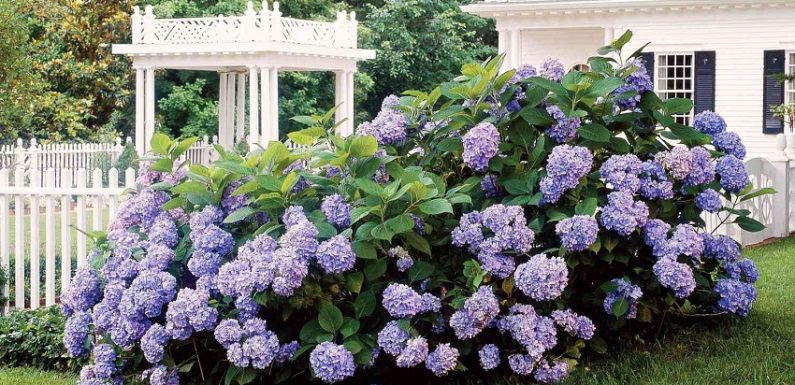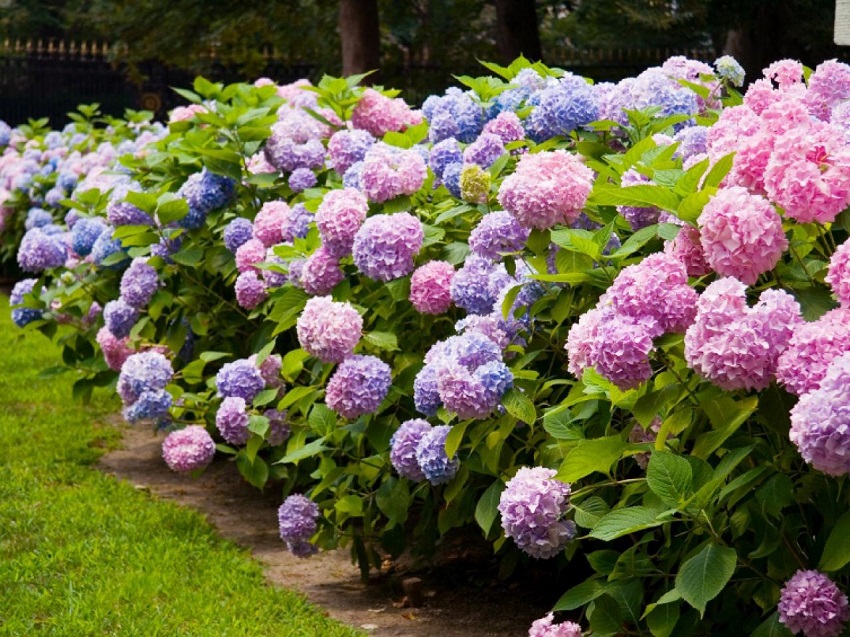
When it comes to planting hydrangeas, finding the best location is crucial for their growth and overall health. Hydrangeas are beautiful flowering plants that thrive in certain conditions. In this article, we will explore the factors that contribute to finding the ideal location for planting hydrangeas. Whether you are a gardening enthusiast or a homeowner looking to enhance your outdoor space, understanding the key considerations for hydrangea placement will help you create a stunning garden display.
Understanding Hydrangeas
Before delving into the best planting locations, it’s important to consider what side of the house do you plant hydrangeas. These deciduous shrubs belong to the Hydrangeaceae family and are renowned for their large, showy flower clusters. Hydrangeas are available in various species and cultivars, each with its own unique growth habits, flower colors, and maintenance requirements.
Hydrangeas prefer well-drained soil that is rich in organic matter. They thrive in temperate climates and are commonly found in gardens across the world. Now, let’s explore the factors to consider when selecting the perfect spot for your hydrangeas.
1. Sunlight Requirements
Hydrangeas have different sunlight requirements based on their species and cultivars. Some varieties prefer full sun, while others thrive in partial shade. Understanding the sunlight preferences of your chosen hydrangea is essential for optimal growth and abundant blooms.
Best Locations for Full Sun Hydrangeas
If you have selected a hydrangea variety that prefers full sun, finding a location that receives at least six hours of direct sunlight per day is important. Areas with southern or western exposure tend to provide ample sunlight. Ensure that the spot is not shaded by tall trees or structures that can obstruct sunlight.
Ideal Spots for Partial Shade Hydrangeas
For hydrangeas that prefer partial shade, search for locations where they can receive two to four hours of direct morning or afternoon sunlight. These varieties typically benefit from dappled shade or filtered light during the hottest part of the day. Consider planting them under taller trees or alongside structures that provide shade during midday.
2. Soil Quality and pH
Hydrangeas thrive in well-drained soil that is rich in organic matter. The soil’s pH level also plays a crucial role in determining the flower color of certain hydrangea varieties. It is important to conduct a soil test to assess the pH level of your garden soil.
Acidic Soil for Blue Hydrangeas
If you desire vibrant blue hydrangea blooms, you need acidic soil with a pH level between 4.5 and 5.5. To achieve this, you can amend the soil with peat moss, sulfur, or aluminum sulfate. Regularly monitoring and adjusting the soil pH will help you maintain the blue hues in your hydrangea flowers.
Alkaline Soil for Pink Hydrangeas
For those who prefer pink hydrangea blooms, aim for slightly alkaline soil with a pH level between 6.0 and 6.2. Adding lime to the soil can help raise the pH and encourage pink flower coloration. Remember to monitor and maintain the soil pH to preserve the desired pink tones.
3. Protection from Harsh Weather
Hydrangeas can be susceptible to damage from harsh weather conditions such as strong winds, heavy rain, or frost. Consider the natural landscape and structures in your garden that can provide protection for your hydrangeas.
Windbreaks for Wind Protection
Planting hydrangeas near natural windbreaks, such as fences, hedges, or larger shrubs, can shield them from strong winds. This will prevent the delicate flowers and branches from getting damaged or broken.
Frost Protection
In regions with cold winters, late spring frosts can pose a risk to hydrangeas. Planting them near the south-facing walls of your house or other structures can provide some protection against frost. The thermal mass of the building can help regulate temperature and reduce the chances of frost damage.
4. Adequate Space and Growth Requirements
Hydrangeas are known for their size and voluminous growth. Before planting, ensure that you provide enough space for the hydrangea to reach its full potential without overcrowding or competing with nearby plants. Proper spacing allows for good air circulation and reduces the risk of diseases.
Research the specific variety you have chosen to determine its estimated size and growth habits. This information will guide you in allocating the appropriate space within your garden.
5. Consideration of Surrounding Plants
When planning the location for your hydrangeas, take into account the surrounding plants and their growth habits. Ensure that your hydrangeas have enough space to grow without being overshadowed or overcrowded by other plants. A well-thought-out garden design will create a harmonious environment for your hydrangeas to flourish.
In conclusion, finding the best location to plant your hydrangeas is essential for their success. By considering factors such as sunlight requirements, soil quality and pH, protection from harsh weather, adequate space, and surrounding plants, you can create an ideal environment for your hydrangeas to thrive. Remember to choose the right species or cultivar based on your specific gardening conditions and desired outcomes.
With proper planning and attention to these factors, you can enjoy the beauty of hydrangeas in your garden for years to come. So, go ahead and find that perfect spot that will make your hydrangeas the star of your landscape!

